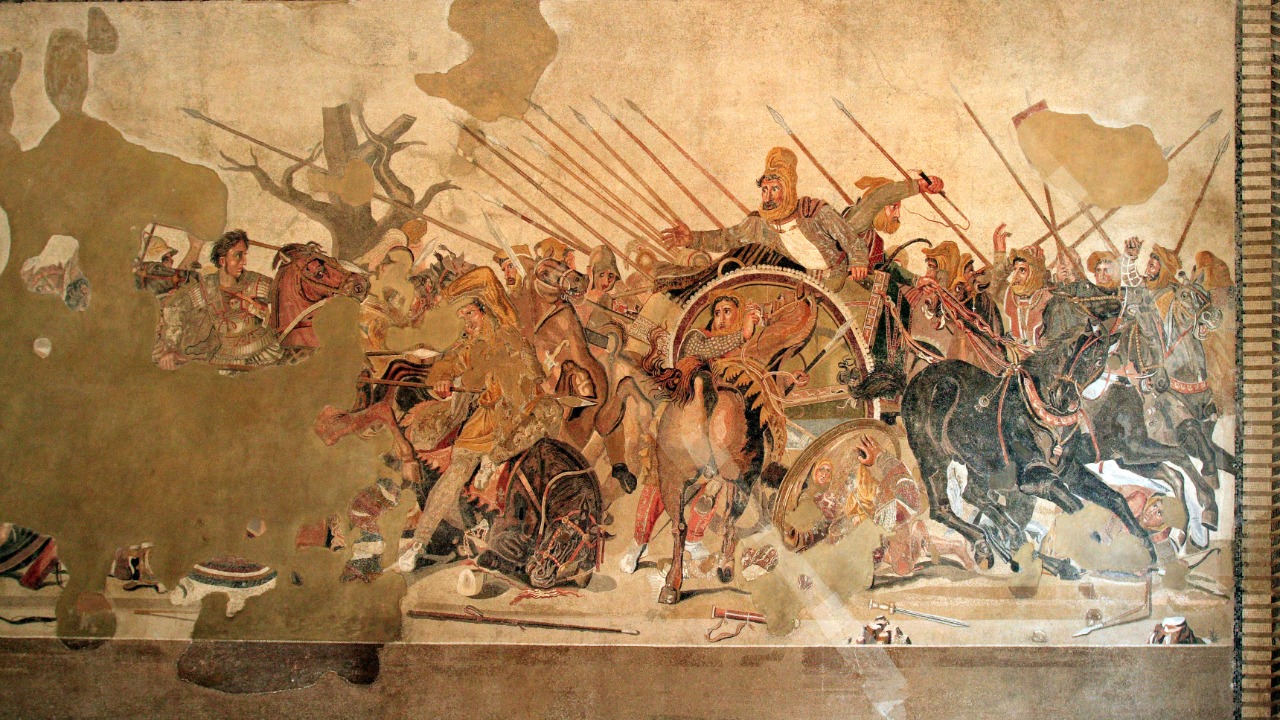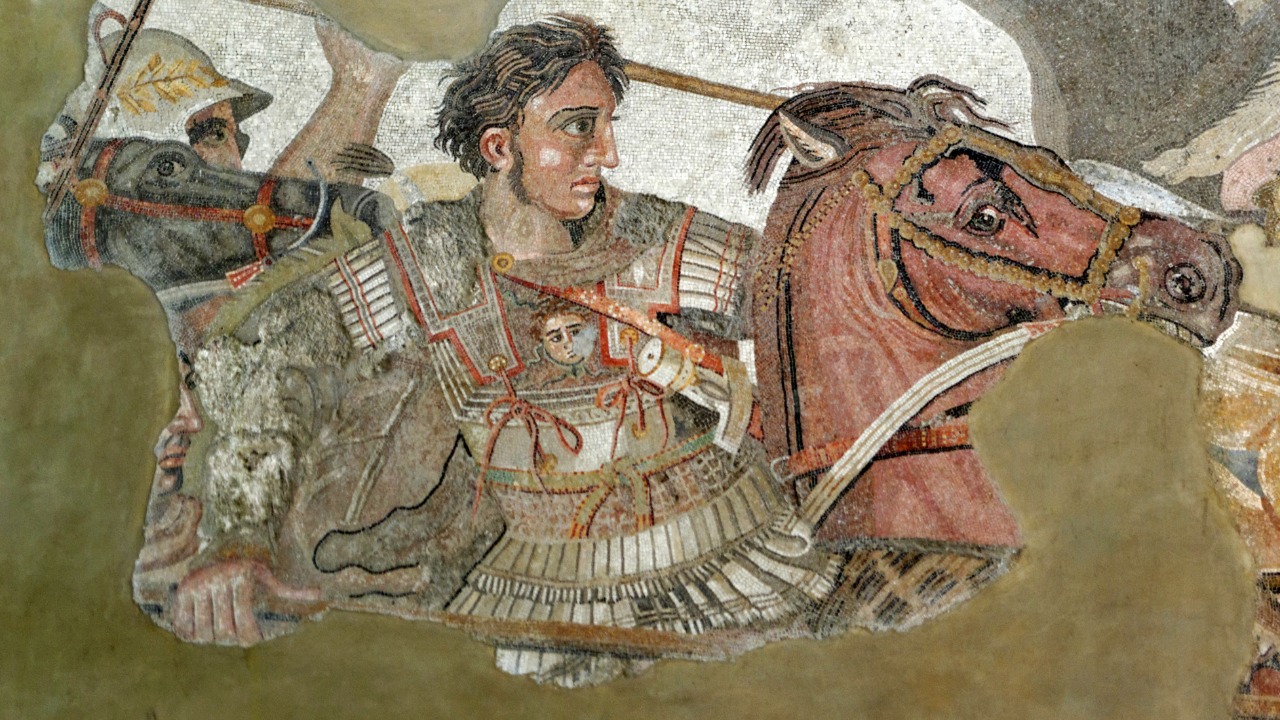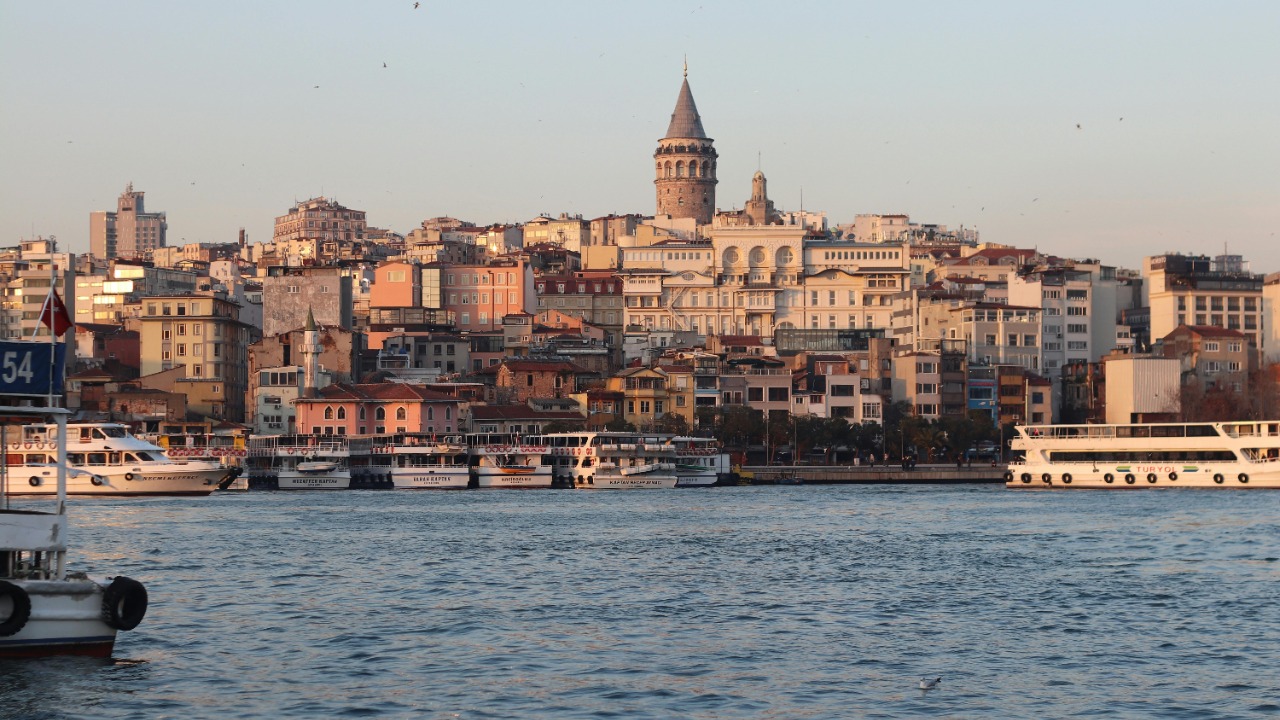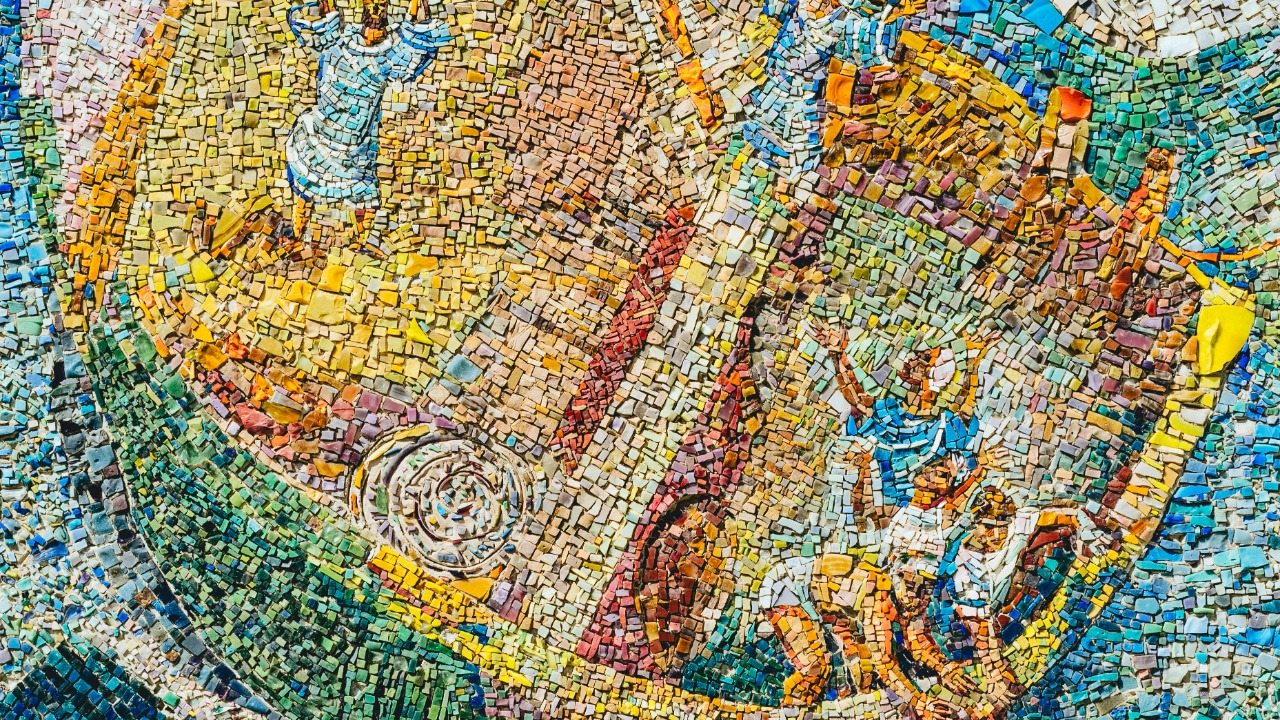
The Alexander Mosaic, a masterpiece of ancient art, has long captivated historians and archaeologists with its intricate depiction of Alexander the Great’s battle against Persian King Darius III. Recent scientific analysis has unveiled astonishing details about its construction, revealing that the mosaic’s 2 million tiny stones, or tesserae, originated from diverse regions across the ancient world.
Historical Significance of the Alexander Mosaic

The Alexander Mosaic is not just an artistic triumph; it is a crucial historical document. Created during the Hellenistic period, it portrays the momentous Battle of Issus, where Alexander the Great achieved a significant victory over Darius III. This depiction has profoundly influenced historical narratives, providing a vivid representation of the encounter that cemented Alexander’s reputation as a military genius. The mosaic’s imagery has reinforced the perception of Alexander as a heroic figure, extending his legacy across time.
During the Hellenistic period, art was a medium of cultural exchange, reflecting the intermingling influences of Greek, Persian, and other ancient civilizations. The Alexander Mosaic stands as a testament to these exchanges, showcasing the fusion of artistic styles and techniques. This artwork not only highlights the historical events of the era but also offers valuable insights into the cultural dynamics of the time. It emphasizes the significance of art in preserving and disseminating the legacy of historical figures like Alexander the Great.
The Science Behind the Discovery

Recent advances in scientific techniques have allowed experts to delve deeper into the secrets of the Alexander Mosaic. By employing advanced imaging methods, researchers have been able to analyze the composition of the mosaic with unprecedented precision. These techniques, including high-resolution photography and spectrographic analysis, have revealed the intricate details of the mosaic’s tesserae, offering a clearer understanding of its construction.
The collaborative efforts between archaeologists and scientists have been instrumental in uncovering the mosaic’s secrets. This interdisciplinary approach has fostered a deeper understanding of the mosaic’s origins, allowing researchers to trace the tesserae back to their diverse sources. Geochemical analysis has played a crucial role in this process, enabling scientists to identify the specific regions where the stones were quarried. This breakthrough has provided new insights into the complexity and reach of ancient art.
Diverse Origins of the Tesserae

The discovery of the diverse origins of the tesserae in the Alexander Mosaic has shed light on the extensive networks of trade and exchange that existed in the ancient world. By identifying stones sourced from various Mediterranean and Near Eastern regions, researchers have uncovered a mosaic of cultural and geographical connections. The tesserae’s origins span from Greece and Egypt to regions in modern-day Turkey and beyond, illustrating the wide-reaching influence of ancient civilizations.
The practice of sourcing stones from distant lands highlights the significance of trade in the context of ancient art. The choice to incorporate tesserae from diverse regions reflects the interconnectedness of ancient societies. It underscores the importance of trade routes and the exchange of materials in the creation of monumental artworks like the Alexander Mosaic. This diversity of origins not only adds to the mosaic’s artistic richness but also speaks volumes about the global nature of ancient art and commerce.
Implications for Understanding Ancient Trade Networks

The materials used in the Alexander Mosaic provide valuable evidence of expansive trade routes that crisscrossed the ancient world. These routes facilitated the exchange of not only goods but also ideas, artistic techniques, and cultural influences. The mosaic’s tesserae serve as tangible markers of these networks, offering clues about the logistics and challenges involved in transporting materials across vast distances.
Artistic commissions, such as the creation of the Alexander Mosaic, played a pivotal role in facilitating cultural and material exchanges. They were more than mere decorative endeavors; they were expressions of power and prestige that required the mobilization of resources from various regions. The logistics of sourcing and transporting stones from distant lands underscore the complexity of these projects, providing insights into the organizational capabilities of ancient societies.
Future Research and Exploration

As technology continues to advance, new opportunities arise for further unraveling the mysteries of ancient mosaics. Potential technological advancements, such as improved imaging techniques and more precise geochemical analysis, hold the promise of revealing even more hidden clues within historical artifacts. These tools could allow researchers to trace the origins of materials with greater accuracy, providing deeper insights into the connections between ancient civilizations.
The importance of interdisciplinary research cannot be overstated in the study of historical artifacts like the Alexander Mosaic. By combining expertise from archaeology, science, and art history, researchers can create a more comprehensive understanding of ancient artworks. This collaborative approach enhances our knowledge and appreciation of the cultural and historical significance of such pieces. The prospects for discovering similar hidden clues in other ancient artworks and structures are exciting, offering the potential to expand our understanding of the ancient world even further.
With ongoing research and exploration, the Alexander Mosaic continues to captivate scholars and enthusiasts alike. As scientists and historians work together to unlock its secrets, the mosaic remains a testament to the ingenuity and interconnectedness of the ancient world, offering a window into a past that still resonates today.